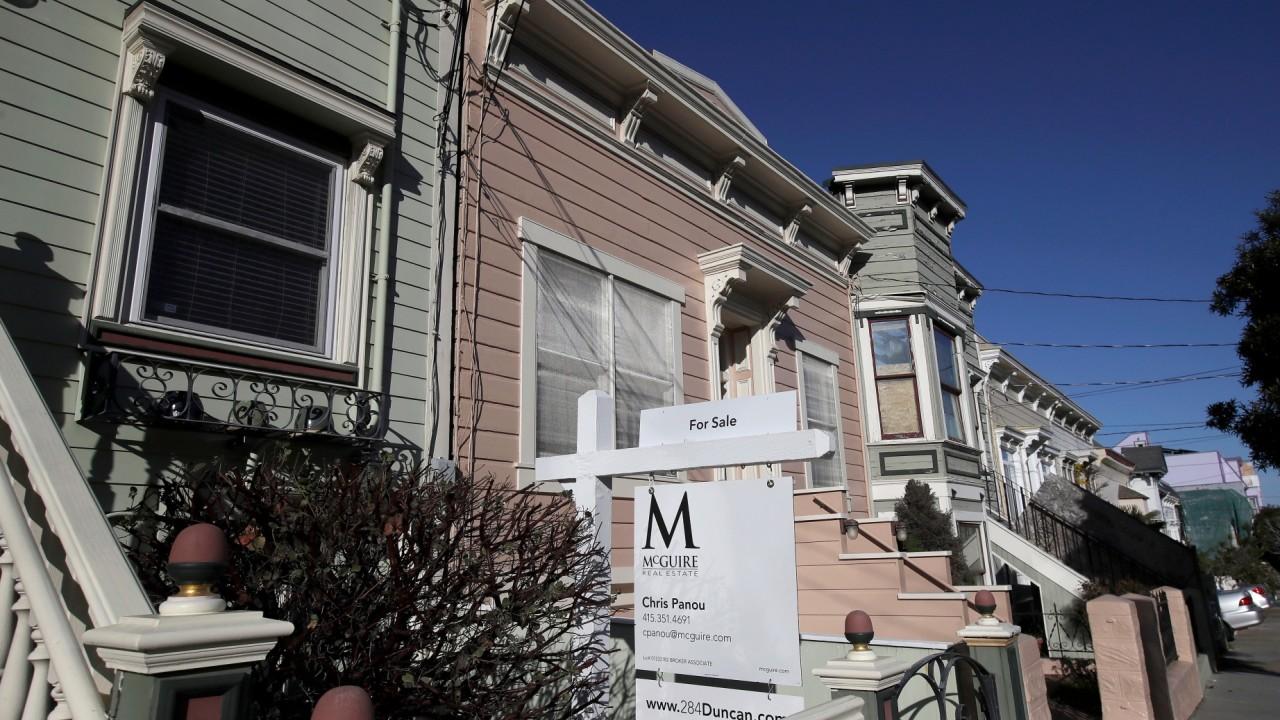How much should you spend when buying a home?
Down payments, monthly budget affect what you can afford
Buying a property will be the biggest purchase most homeowners make during their lifetimes, but the exact size of that purchase can seem daunting for first-time buyers or even people who just haven’t had to look on the market in a long time.
There are a number of considerations for a home buyer to consider when figuring out their budget. Nationwide, the median price for an existing single-family home was $274,600 last year, according to the National Association of Realtors. But home prices can vary widely in different communities and, of course, depending on size and condition.
Downpayment
The first issue to consider, and the largest hurdle for many would-be homeowners, is the down payment. Mortgage lenders will typically prefer a 20 percent down payment. For the buyer, that will usually mean a lower interest rate and mean there’s no need to pay for private mortgage insurance.
However, 20 percent can be a lot of money for a home priced at several-hundred-thousand dollars. Depending on your credit score, some lenders may be willing to work with a down payment of 5 percent or even less. However, a lower down payment typically will mean paying higher interest rates and added costs like private mortgage insurance, which is required for any home loan with a down payment that’s less than 20 percent of the purchase price.
There are also a number of government programs available to help Americans buy homes, depending on their circumstances. Federal Housing Administration loans require as little as 3.5 percent down. Other programs are aimed at assisting specific groups, such as veterans, Native Americans or people living in rural areas. There’s even a website, govloans.gov, which offers information on the various government-backed housing loans available.
Monthly payments
The second part of home affordability is simpler: the monthly payment.
The conventional expert wisdom is that housing costs should at most account for somewhere between 25 and 30 percent of your monthly budget, depending on who you ask. That would include monthly payments on the principal, interest, insurance, fees, taxes and other costs. It’s also a good idea to consider how you’d handle maintenance costs like a new water heater or roof repairs.
Fortunately, many lenders and other websites offer mortgage calculators to give consumers an idea of what they may be able to afford. Bankrate.com has one that can be updated with current interest rates to get a realistic estimate.




















